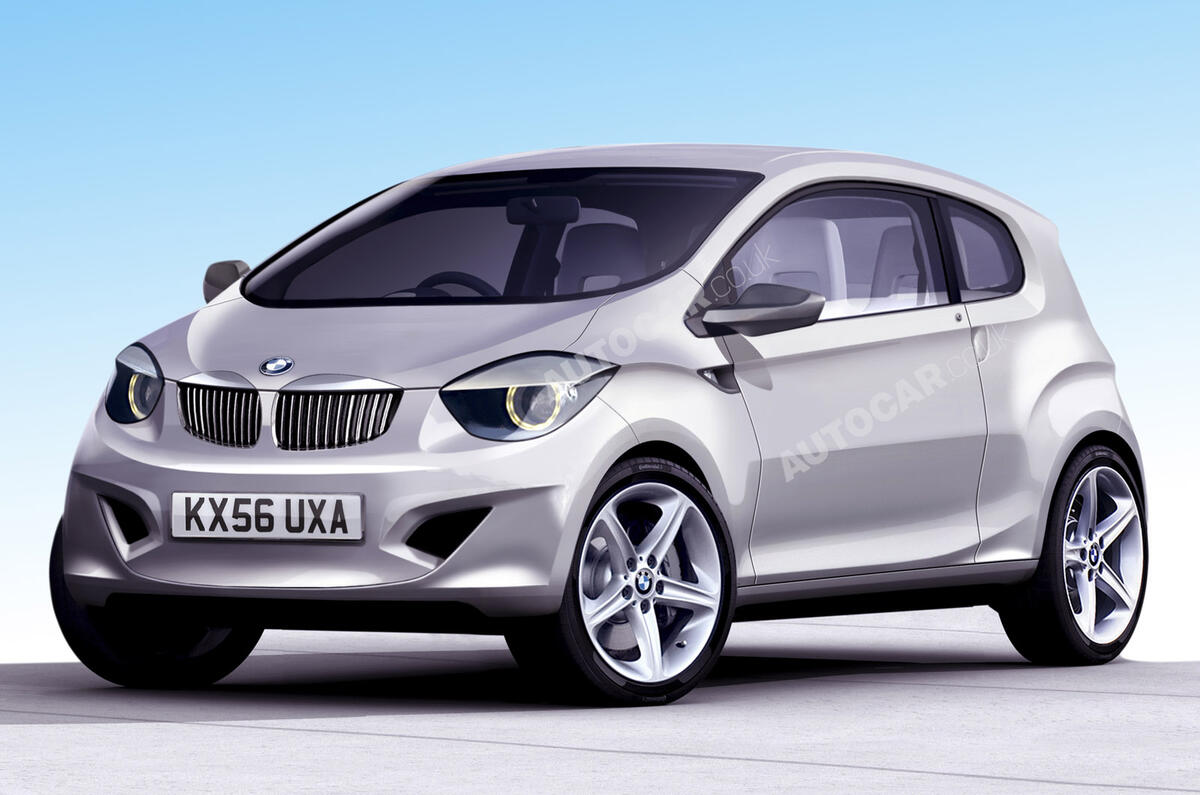BMW’s Megacity electric car will be the first model in the company’s new, yet-to-be-named sub-brand family of radical electric vehicles.
Scheduled for launch in 2013, the Megacity will be a full five-seater in the Golf class. It will be rear-engined and rear-wheel drive, and establish a new design language for electric cars. But insiders reckon that it will also share some styling features with mainstream BMWs because it is a sub-brand rather than a marque in its own right like Mini.
Among the car’s more revolutionary features will be a lightweight, low-cost carbonfibre body, jointly developed with SGL Carbon and produced at a new factory in Moses Lake, Washington, in the United States. The SGL Group is investing $100m (£68m) initially in the venture, which is based around a 60-acre site and could create up to 80 jobs.
The Megacity will almost certainly employ a new name — but not Triumph, as previously mooted — and it will eventually feature a range of cars, including sporting models.
BMW believes it has developed a highly innovative, lower-cost, mass market-compatible means of producing carbonfibre monocoque bodywork. This will dramatically reduce the Megacity’s potential price and weight, improving not only its range but also performance.
The car’s range is anticipated to be around 160 miles, aided by its aerodynamic efficiency and bodywork that’s expected to represent a breakthrough in mass production terms.
Like the Mini E and Chevy Volt, the Megacity will feature unusually high levels of deceleration when the throttle is released in order to enhance battery regeneration, although the effect is expected to be slightly less pronounced.
The enhanced regenerative braking featured on the Mini E contributes as much as a 20 per cent improvement in range on the city cycle. BMW is keen to carry as much of that benefit as possible over to the Megacity.
The car’s powertrain will be closely based on the second-generation electric drive system previewed by the BMW 1-series coupé-based Active E hybrid. That set-up is more efficient in terms of range, acceleration and battery packaging than the system used in the Mini E.
Unlike some electric car pioneers, BMW plans to sell the Megacity complete with its battery. The firm believes the high cost of the powerpack will be offset by strong residual values that the units could have when they enter second-life usage as an energy store for power companies.
Power suppliers will harness these used electric EV batteries to provide additional buffered energy during moments of peak demand on the national grid, because the batteries are still capable of holding as much as 85 per cent of their charge after several years usage in a car. Nissan is planning a similar role for its used EV battery packs.




Join the debate
Add your comment
Re: Megacity to head BMW sub-brand
If it's a Megacity One Series, will Judge Dredd drive one?
Re: Megacity to head BMW sub-brand
Re: Megacity to head BMW sub-brand
Blah, blah, blah, electric car, blah, blah, blah.....
Now make me a Triumph with a straight 6. I'd never buy a BMW but a Triumph?....mmmmm